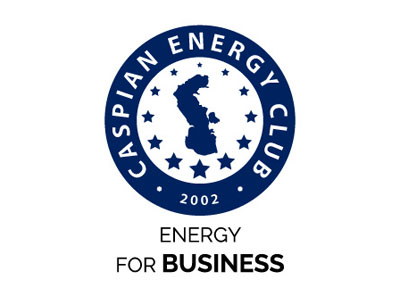Caspian Energy (CE): Recently, Her Excellency Prime Minister of Norway has announced the launch of the project on capture and storage of carbon produced from production and processing of crude. Do you consider it possible to fully ban oil production in the Arctic latitudes or in the Arctic after climate warming with the aim of preserving the ecology of this huge very ecologically sensitive basin?
Tina Bru, Minister of Petroleum and Energy of Norway: The petroleum activity in Norway has moved further north over time. Our most unexplored areas are in the Barents Sea, where most of our expected, but yet unproven resources are located. 40 years of petroleum activity in the Barents Sea has shown that it is quite possible to have prudent, safe and sustainable petroleum activity in these areas, while at the same time maintaining a good environmental status in the ocean. The history of petroleum activity in Norway has shown that there is no incompatibility between having a profitable petroleum industry and maintaining a good environmental status of the ocean.
Longship, the carbon capture and storage (CCS) project the Norwegian Prime Minister recently has announced, includes capture from a cement factory and a waste-to-energy facility, transport of CO2 by ship and permanent storage of CO2 deep under the seabed in the North Sea. It does not address emissions from production and processing of crude. With the knowledge currently available, CCS will be necessary on a large scale if we are to meet the climate targets at the lowest possible cost. We believe this project will lower the hurdle for new CCS projects in Europe.
CE: Is it possible to declare the Arctic a zone completely free from the production and use of fossil fuel in all fields?
Tina Bru: We have no plans to stop drilling of petroleum activities in the Barents Sea.
CE: The Norwegian energy sector is mainly based on renewable sources, in particular hydroelectric power. Do you plan to diversify your energy sources?
Tina Bru: The majority of the Norwegian final demand of energy is electricity – a sector where Norwegian production is almost 100% renewable. Almost 90% of this is hydro power, a means of production Norway has utilized for over a hundred years. What further characterizes the Norwegian hydro power is the flexibility it provides the power system. A large portion of the installed capacity is connected to regulated reservoirs, providing us with the ability to ramp production up and down as needed during hours, days and season with different demands. Many countries face the challenge of implementing renewable power into their power system, a challenge Norway has overcome with the flexible hydro power.
The last few years we have seen a surge of wind power, partly funded by our green certificate-scheme with Sweden. When the projects currently under construction are finished, wind power will contribute to about 10% of Norwegian power production. However, the construction of wind power has not come without challenges – currently causing a pause in the permit-granting process for new projects.
With a renewable system comes variations due to weather conditions – causing power production to be prone to e.g. draught. Therefore, interconnectors have for decades been important for Norway. Today we have a large interconnection capacity with Sweden, Denmark and the Netherlands, as well as two more subsea cables under construction. These are to Germany, where construction is finished and the cables are being tested, and the UK, set to be finished late 2021. With this increased interconnectivity, compared with our flexible hydro power, we believe our power system is well prepared for the energy transition that lies ahead.
CE: Madam Minister, Norway has one of the lowest production costs for hydrocarbons, has this helped to adapt the industry to the long-standing price crisis in the oil market?
Tina Bru: The Norwegian oil industry has shown itself to be robust in face of low oil prices. The situation in April was however not sustainable, and Norway decided unilaterally to cut production to help stabilize the market. In addition, the Norwegian government has introduced a temporary tax relief package to help companies push ahead with new profitable projects that can secure jobs in the Norwegian upstream and supplier industries.
CE: The EU plans to shift to renewable energy sources by 2050, China by 2060, to what degree oil will be in demand in the world economy in the short term?
Tina Bru: The COVID pandemic and the lockdowns related to the pandemic have had an unprecedented effect on oil demand, especially in the aviation sector and road transport sector. Oil demand has already grown substantially in most sectors. In the years to come, the IEA expects that global oil demand will grow to previous levels. In their main scenario, oil demand reaches 2019-levels by 2023, and continues to grow to the 2030s.
Thankyoufortheinterview





